Are you curious about the dramatic story behind the conquest of the Incas? Imagine traveling back to November 1532. Picture the mighty Inca ruler, Atahualpa—confident, unsuspecting—accepting an invitation from a small group of armored strangers. What seemed like a peaceful diplomatic encounter quickly turned into a devastating ambush. In that moment, one of the world’s greatest empires was on the brink of collapse, forever altering the destiny of Tahuantinsuyo.
Do you want to discover how it all unfolded? Join me on this journey through history, and I’ll reveal the fascinating events that changed the course of an empire.
The Conquest of the Incas: A Tale of Ambition, Betrayal, and Disease
Did you know the fall of the Inca Empire was set in motion by human ambition and rivalry? A fierce struggle for power between brothers, deep-rooted family conflicts, and the sudden arrival of devastating new diseases left the Incas vulnerable. As the empire weakened from within, Spanish conquerors seized the opportunity, quietly closing in as the true threat that would change history forever.
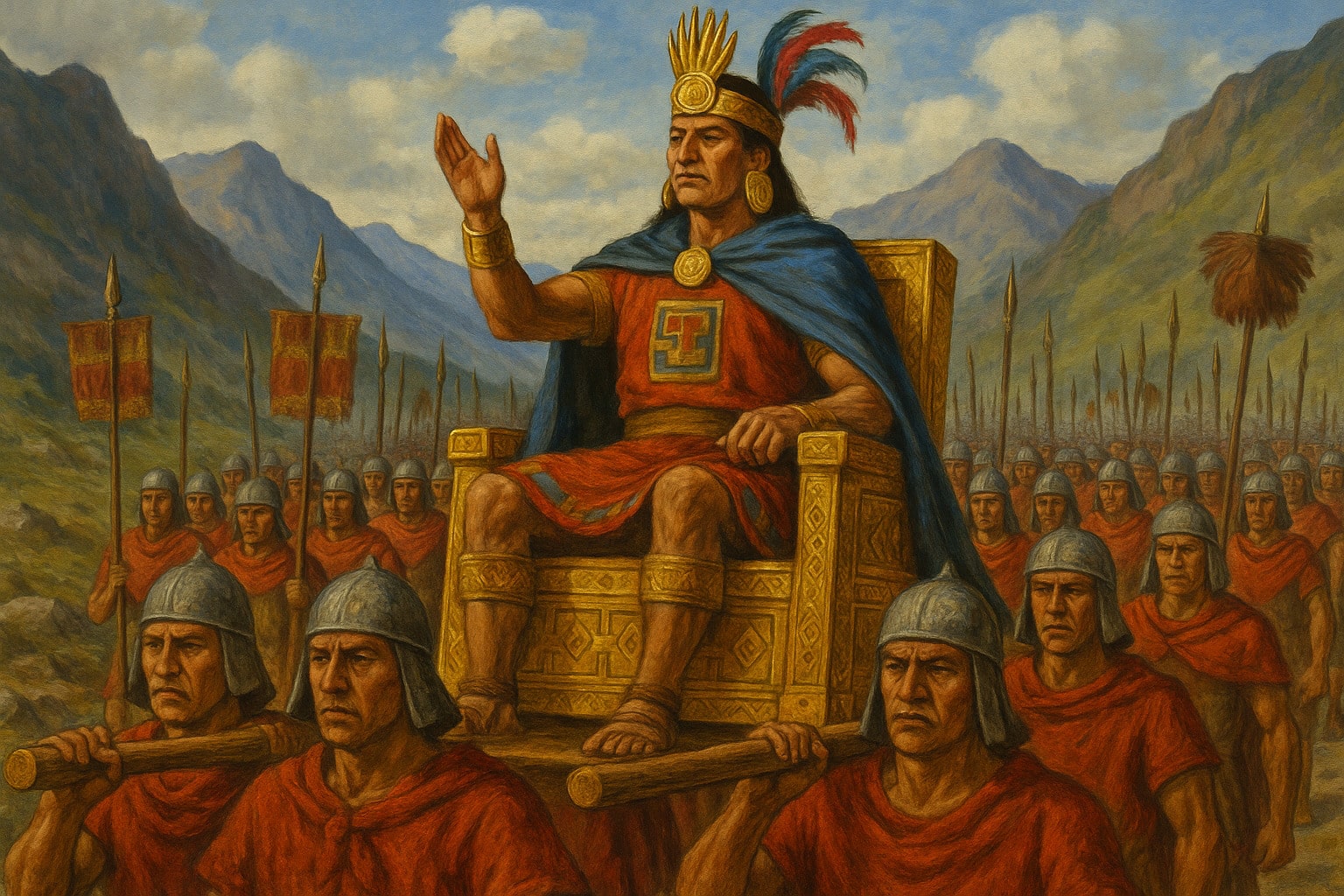
Who were the Incas?
The Incas built a powerful and highly organized civilization that thrived in the Andes Mountains of South America. Known as the Inca Empire or Tahuantinsuyo, their society was founded on the principle of reciprocity and eventually spanned across modern-day Peru, Bolivia, Ecuador, northern Argentina, and northern Chile. Cusco served as the vibrant capital, from where they governed an intricate system that, over time, transformed the lives of millions throughout the Andean region.
he Conquest of the Inca Empire: How Did It Unfold?
The conquest of the Incas was a complex and prolonged process that unfolded between 1532 and 1572, culminating in Spanish domination of the vast Inca Empire. It began with the dramatic capture of Atahualpa in Cajamarca and concluded with the fall of Manco Inca in Vilcabamba. This era was defined by fierce battles, strategic alliances, and profound cultural upheaval that reshaped Andean society. Ultimately, it marked a pivotal chapter that forever altered the course of Peru’s history.
Internal Factors That Accelerated the Conquest of the Incas
The Passing of Inca Huayna Capac: An End of an Era
The conflict began in 1525 when the Sapa Inca Huayna Capac died in Quito due to a smallpox epidemic introduced from Europe, a disease previously unknown to the Incas. His death triggered great uncertainty over who should inherit the power of the Tahuantinsuyo. On one side stood Huáscar; on the other, Atahualpa. This rivalry ignited a dispute that would ultimately alter the fate of the empire.
Family Feud That Weakened the Inca Empire
The civil war between the brothers Huáscar and Atahualpa erupted shortly after the death of their father. Both sought absolute control over Tahuantinsuyo, and their ambitions inevitably clashed. As the conflict escalated unchecked, the empire became deeply divided, ultimately weakening its unity and strength.
Who Was Meant to Inherit the Tahuantinsuyo?
The rightful heir to the Inca throne was Huáscar, the legitimate son of Sapa Inca Huayna Cápac and a noblewoman from Cusco. Following tradition, the priests officially proclaimed him Sapa Inca, recognizing his legitimate claim to rule.
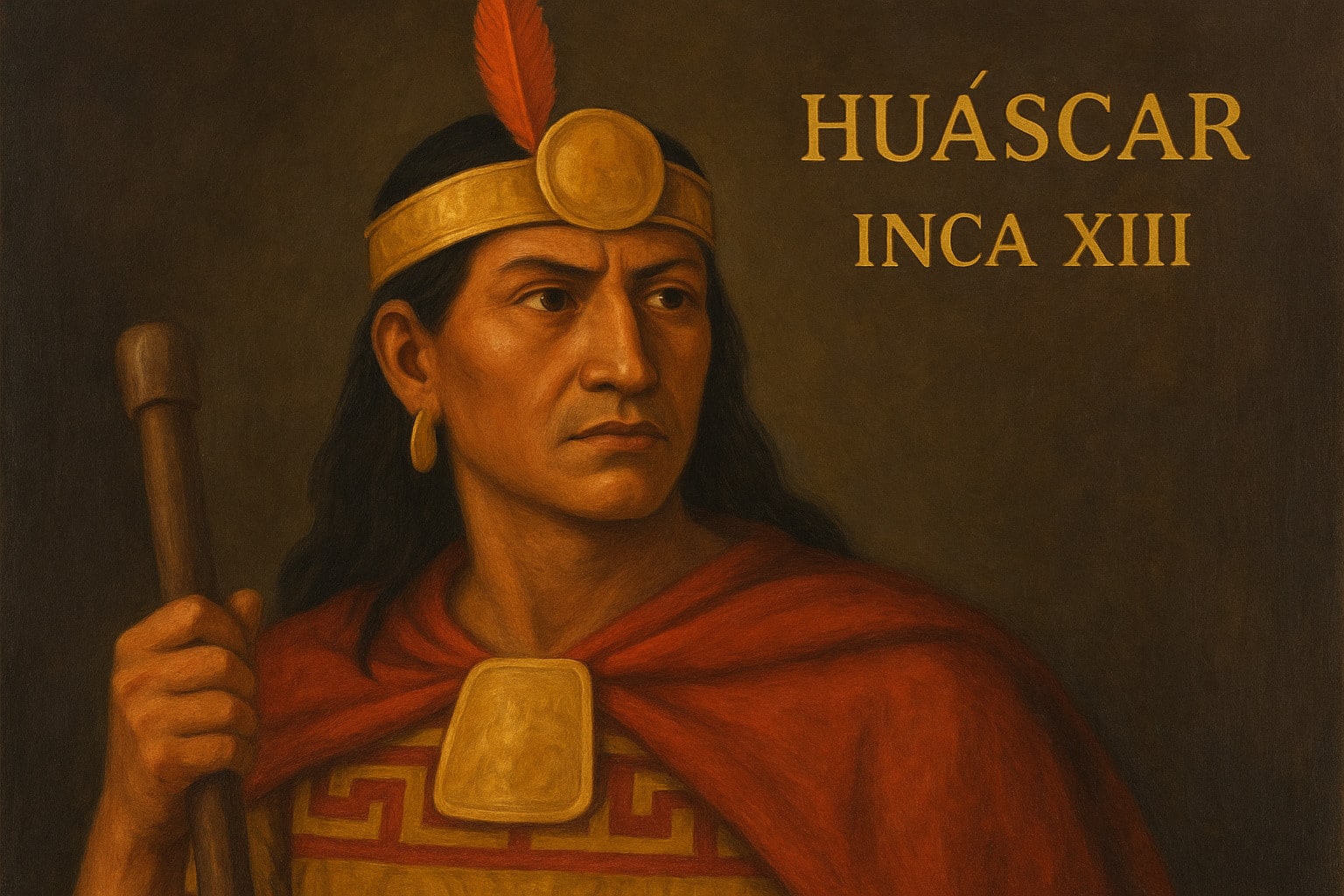
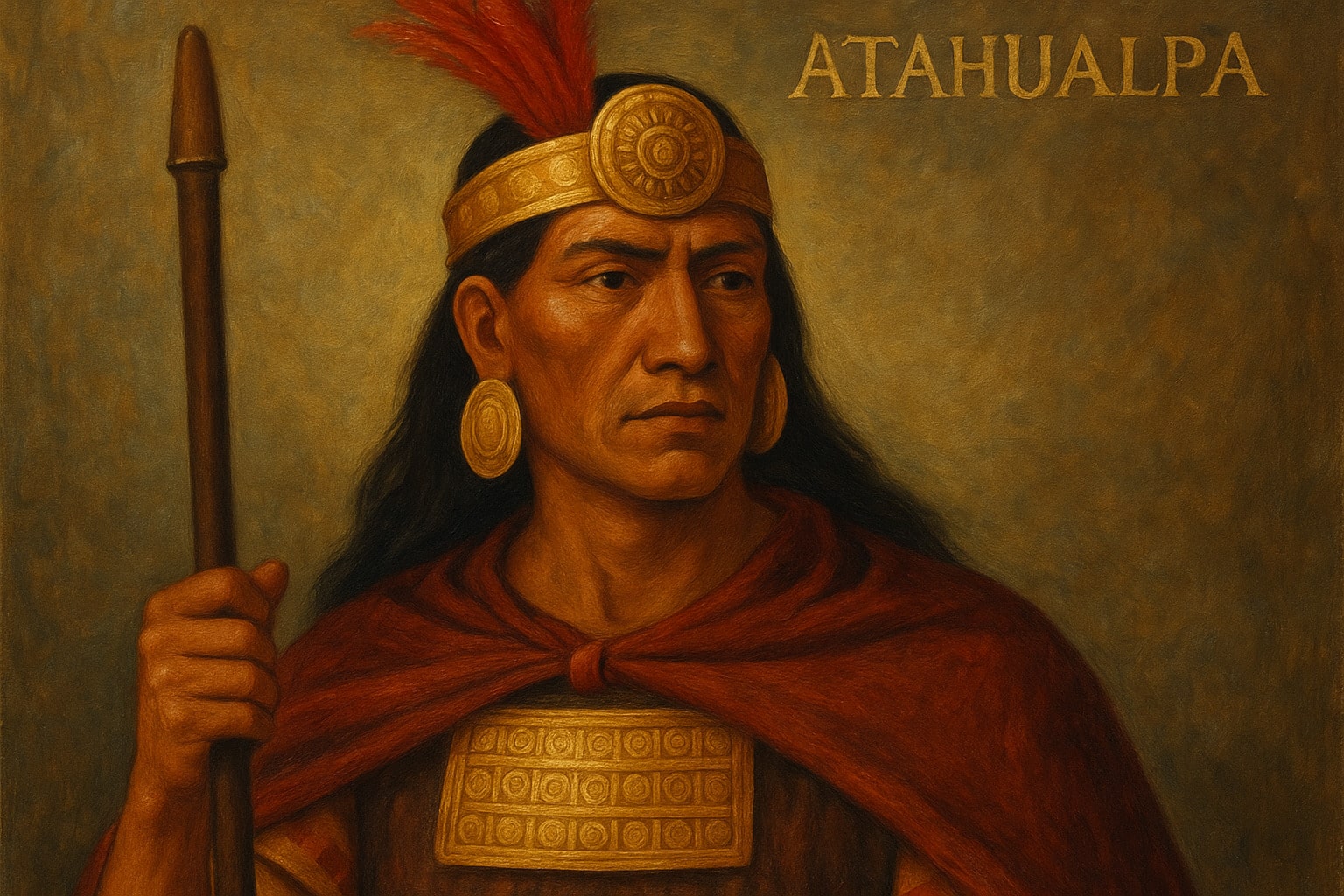
Reasons Why Huáscar and Atahualpa Confronted Each Other
Huáscar
Huáscar was the legitimate son of Huayna Cápac and the principal queen, Rahua Ocllo, of Cusquenian lineage. He was chosen as Sapa Inca according to ancestral customs. His claim to the throne was strongly supported by the priests, symbolizing the continuation of Cusco’s traditional roots and authority.
Atahualpa
Atahualpa was an auquicona (prince), son of Huayna Cápac and the maiden Tocto Ocllo Coca, who hailed from Quito and was connected to the Chachapoyas ethnic group. Born as part of political alliances aimed at expanding the empire’s territory, Atahualpa eventually took command of the northern region of Tahuantinsuyo. Residing in Quito, he solidified his power base and earned the loyalty and respect of his military forces.
Dispute Between Tradition and War
Both brothers vied for absolute control over Tahuantinsuyo, an empire where power was never shared. Only one could be recognized as Sapa Inca—the son of the sun and the ultimate authority.
Huascar
- Aimed to restore Cusco’s traditional authority.
- Sought to solidify his legitimacy as the sole heir.
- Intended to reconquer Quito, which was in rebellion under Atahualpa’s leadership.
Atahualpa
- Sought to expand his power base from Quito.
- Aimed to assert his right to the throne through military merit.
- Intended to decentralize Cusco’s dominance and shift power to Quito.
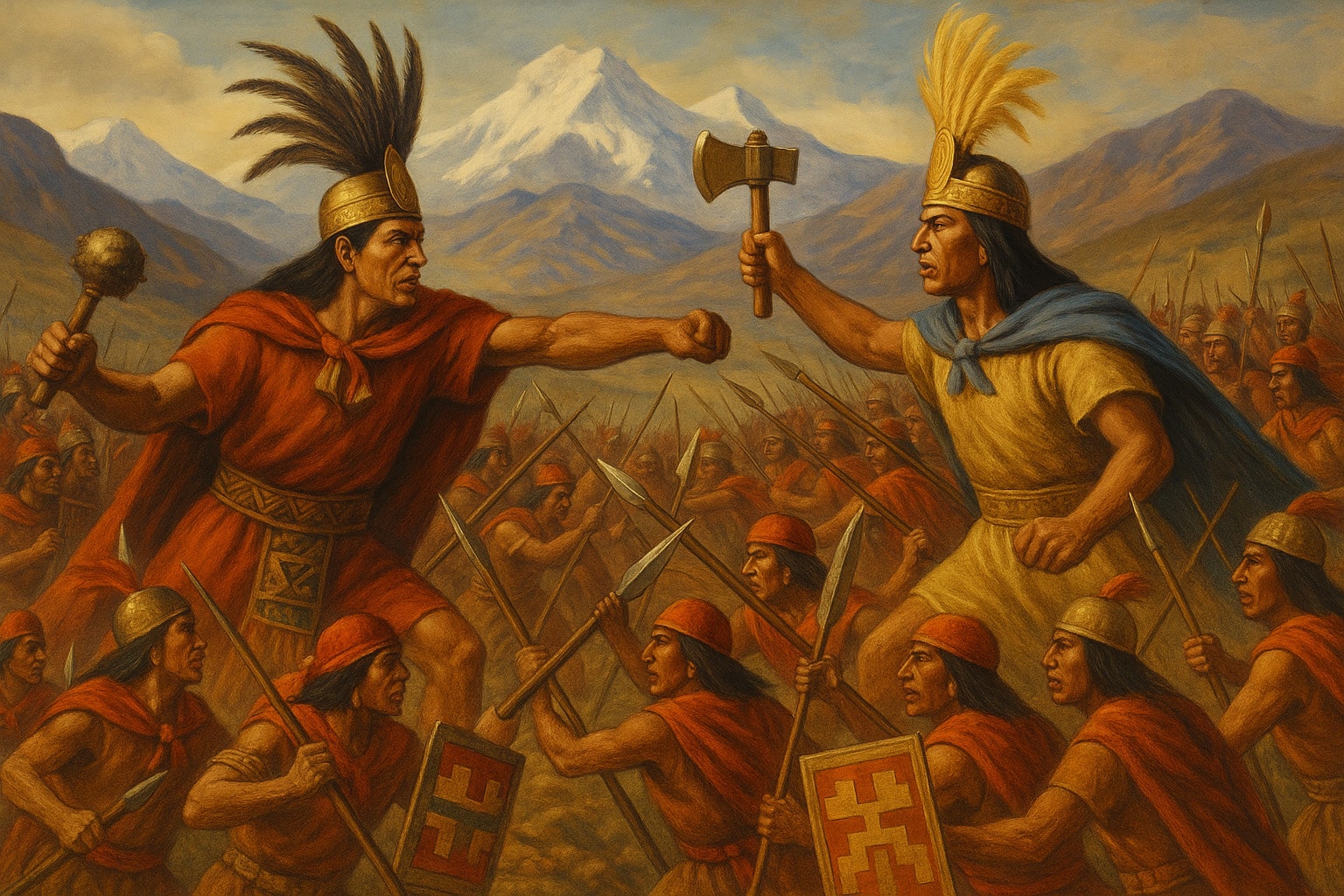
- Critical Background: Both brothers commanded loyal armies and allies, none of whom were willing to relinquish power or reach a political compromise. Meanwhile, the Inca nobility refused to recognize Atahualpa’s authority or his maternal lineage.
What Happened During the War?
The civil war between Huáscar and Atahualpa lasted approximately five years, involving numerous battles across different regions of the Tahuantinsuyo Empire. Ultimately, Atahualpa succeeded in capturing his brother during the decisive Battle of Quipaipán. From his stronghold in Cajamarca, Atahualpa ordered Huáscar’s execution, thereby securing his victory and control over the empire.
What Were the Consequences of the Civil War?
After years of intense conflict between Huascar and Atahualpa, the Tahuantinsuyo became fragmented and significantly weakened. This turmoil fostered deep mistrust and resentment among various ethnic groups, while the general population was left weary and devastated by prolonged warfare.
External Factors During the Conquest of the Incas
Arrival of the Spaniards
Following the collapse of the traditional order, political instability, and the fragility of the Inca Empire, the Spaniards, led by Francisco Pizarro, arrived on November 16, 1531. They brought with them not only 62 horsemen and 106 soldiers but also a silent and deadly threat: diseases unknown to the Incas. The conquistadors exploited this moment of vulnerability. Aware of the empire’s internal turmoil, they capitalized on existing divisions by forging alliances with discontented indigenous groups.
First Epidemics During the Inca Conquest
The Emergence of Devastating New Epidemics
| 524 – 1528 | Smallpox |
| 1531 – 1533 | Measles |
| 1546 | Typhus and Pneumonic Plague |
| 1557 – 1558 | Common Cold and Influenza |
| 1597 | Mumps |
- Crucial Historical Impact: The diseases introduced by the Spaniards spread rapidly throughout the Inca Empire, acting like devastating pandemics. These epidemics caused millions of deaths, reducing the population from nearly 9 million to just 1 million. Without the use of swords, these illnesses paved the way for the conquest.
Indigenous Allies Who Supported Pizarro in the Fall of the Inca Empire
During the conquest of the Inca Empire, numerous native groups—including the Cañaris, Chachapoyas, Huaylas, Lima, Charcas, Yungas, Yauyos, Tarmas, Chancas, Huancas, Tallanes, Chimu, and others—joined forces with the Spanish conquistadors. Motivated by a desire to liberate themselves from Inca domination, these peoples contributed thousands of warriors to the campaign. They viewed the Europeans as a chance to break free from longstanding oppression, unaware that their alliance would ultimately pave the way for a new era of foreign rule.
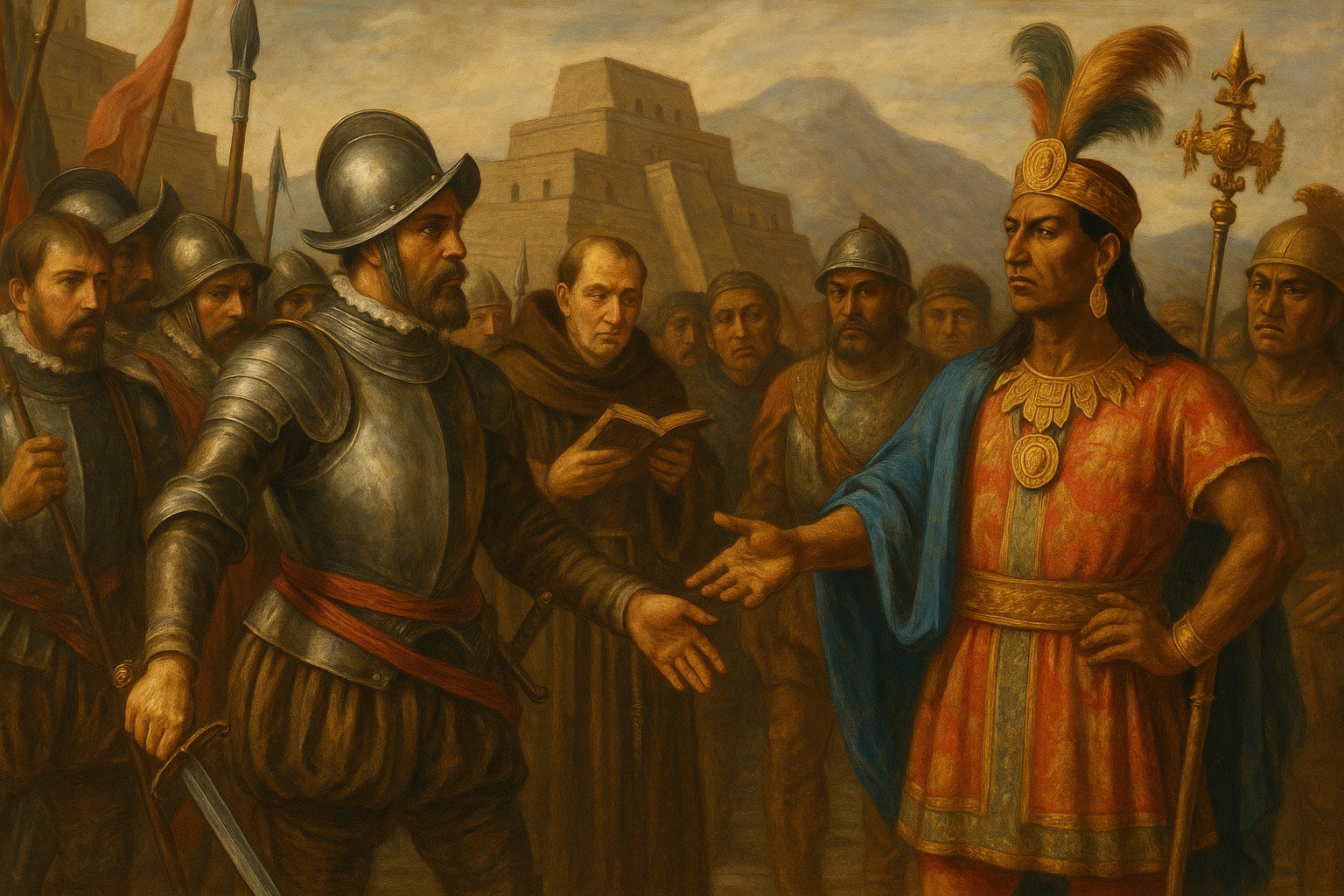
Wealth and Ambition: The Driving Forces Behind the Inca Conquest
When the Spaniards arrived, their primary goal was to find vast riches. However, when immediate treasures eluded them, they strategically formed alliances with certain indigenous groups while eliminating those who resisted. They were already aware of a kingdom abundant in gold. Additionally, they knew about the internal conflict between Huáscar and Atahualpa, with Atahualpa holding his brother captive in Cajamarca. Seizing this opportunity, the Spaniards approached Cajamarca bearing gifts, feigning friendship to further their conquest.
Betrayal and Ambition: The Conquest of the Incas
On November 16, 1532, Francisco Pizarro and his men launched a surprise attack on Atahualpa in Cajamarca, capturing the Inca emperor. Despite holding him captive for eight months and demanding a massive ransom in gold and silver, Pizarro refused to release him. Ultimately, Atahualpa was executed on July 26, 1533, a pivotal event that marked the beginning of Spanish domination in Peru.
The Process of the Inca Conquest
- After the death of Atahualpa, the Spaniards advanced with little resistance, driven by the pursuit of greater riches.
- On November 15, 1533, the Spaniards captured Cusco, the capital of the Tahuantinsuyo Empire.
- They then looted the wealth stored in the Inca temples and sacred sites.
- In 1534, the Spaniards established Jauja, the first Spanish city in the Andean region.
- The Inca resistance persisted for nearly 40 years, until 1572, when Tupac Amaru I was executed, marking the definitive end of the Inca Empire.
Why Did the Spanish Easily Defeat the Incas?
Key Factors Behind the Conquest of the Inca Empire
| The Incas | The Spaniards |
| Had no immunity to diseases like smallpox or measles | Introduced deadly viruses unknown to the Andean population, causing widespread epidemics |
| Used traditional weapons such as clubs, slingshots, truncheons, and spears | Equipped with advanced weaponry including firearms, swords, cannons, and armor |
| Raised llamas primarily for carrying loads; did not use animals in combat | Utilized horses in battle and trained dogs as attack animals |
| Relied on local organization to defend their territory | Formed alliances with enemy groups of the Incas, exploiting internal divisions |
| Their empire was weakened and fragmented after a devastating civil war | Capitalized on the empire’s fragmentation to swiftly seize control |
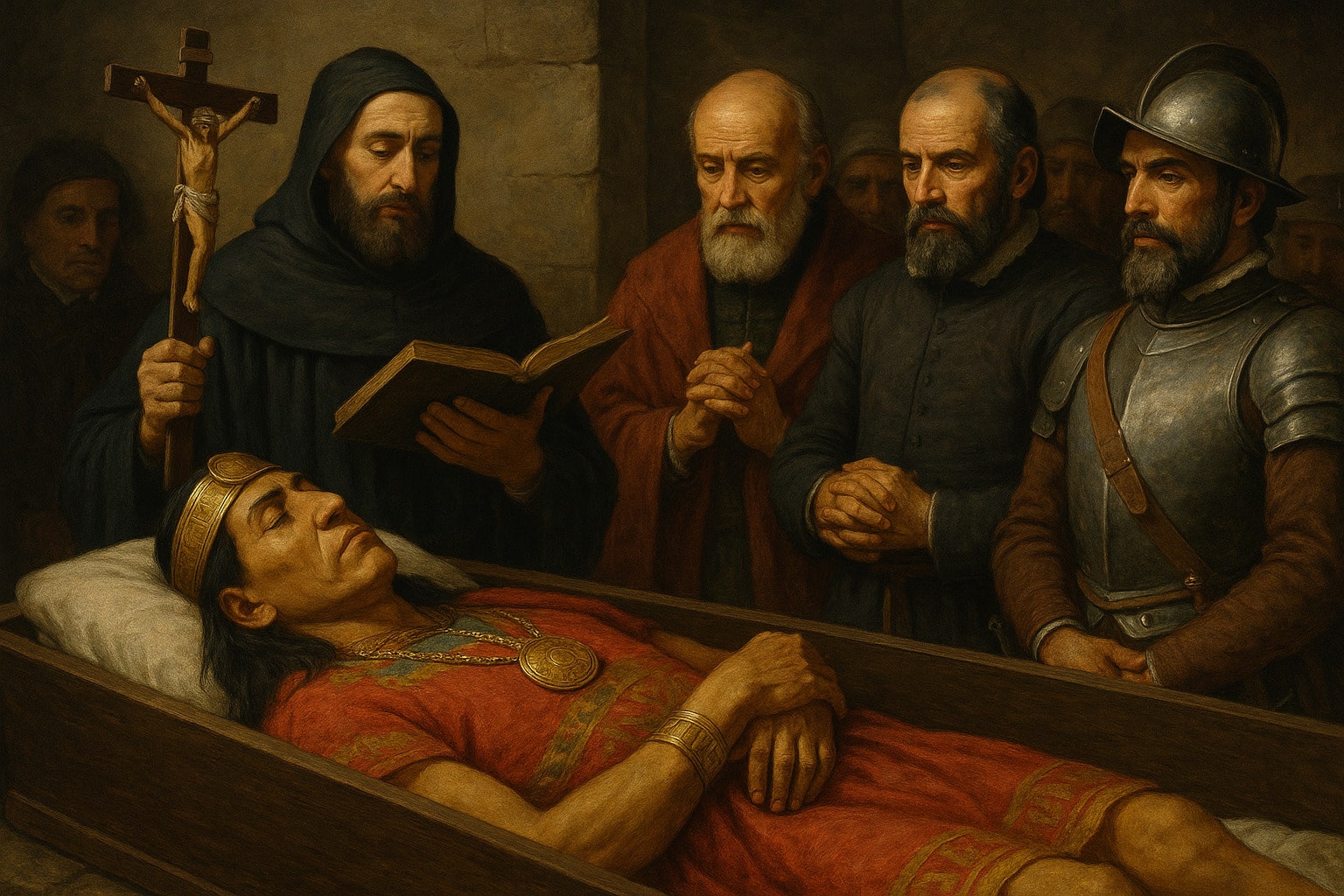
- Fascinating Historical Insights: The Spaniards astonished the Andean inhabitants with their extraordinary appearance: flowing white beards, gleaming armor, and horses—creatures never before seen in these lands. The thunderous roar of their cannons further amplified the awe and fear they inspired. Many locals believed these strangers to be the return of the god Wiracocha, who was said to have the power to reunite the great Tahuantinsuyo empire.
Consequences of the Inca Conquest
- The traditional Ayllu system and the Mita labor system were dismantled.
- Many communities were forcibly displaced from their lands to serve in mining mita.
- New social hierarchies emerged, with Spaniards occupying the highest positions of power.
Cultural Changes
- Catholicism was imposed, leading to the destruction of many sacred Inca sites.
- The Quechua language was suppressed and replaced by Spanish.
- Andean traditions blended with European influences, resulting in cultural syncretism.
Political Transformation
- The Viceroyalty of Peru was established as the new colonial government.
- The Spanish colonial administrative system was implemented to control the conquered territories.
“The conquest of the Incas took place during a period marked by power struggles and widespread unrest among the subjugated peoples. The Spaniards skillfully exploited these divisions, turning groups against one another to further their own agenda. Many believed that by supporting the conquistadors, they would regain their freedom—unaware that this alliance would ultimately signal the end of the Inca Empire and usher in a new chapter in history”.
INQUIRE NOW!
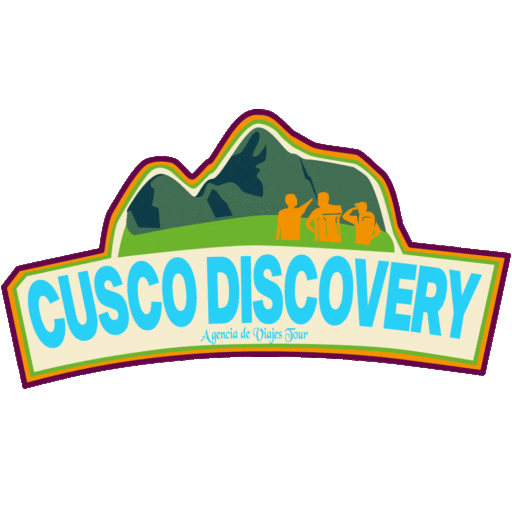

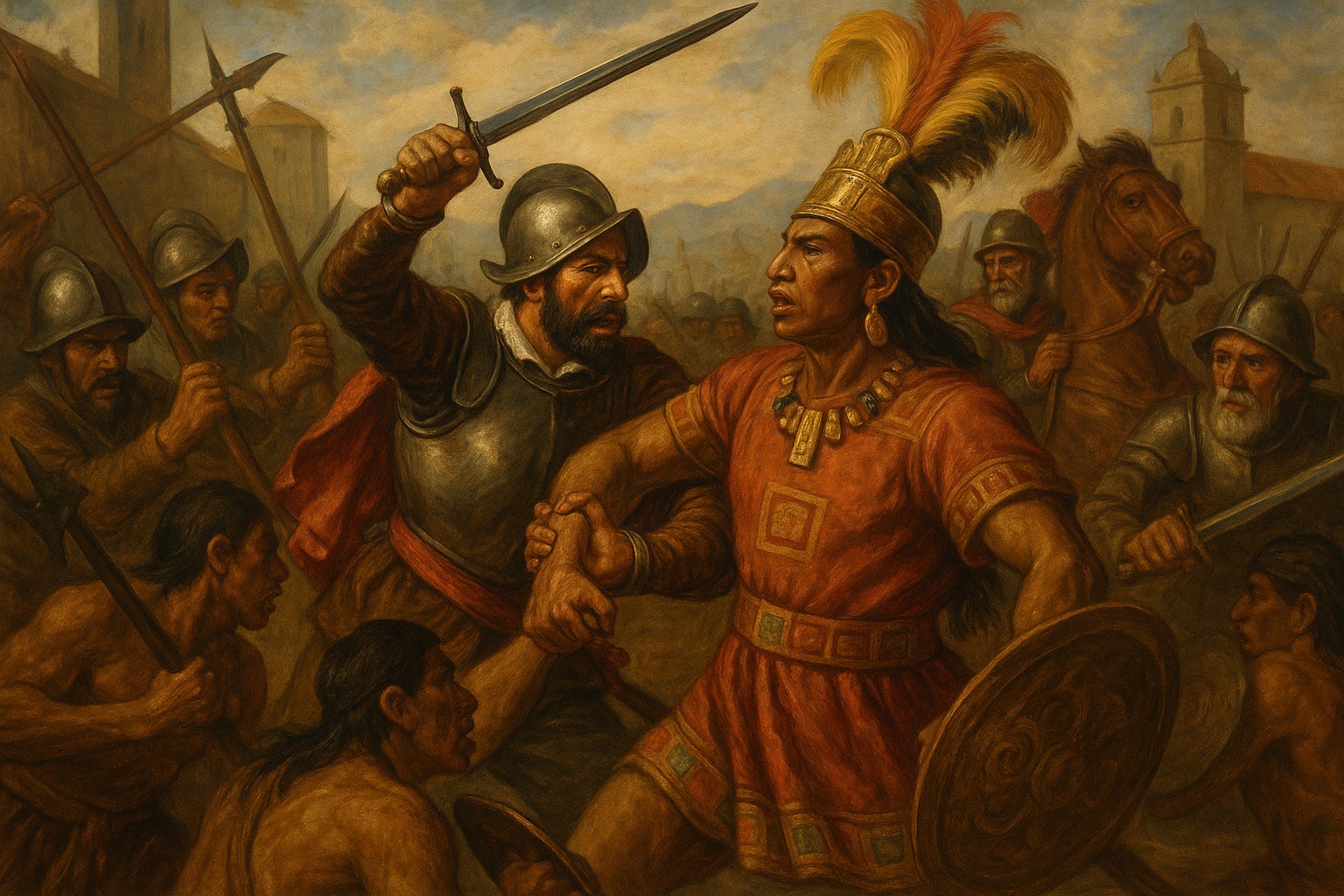
Social Changes